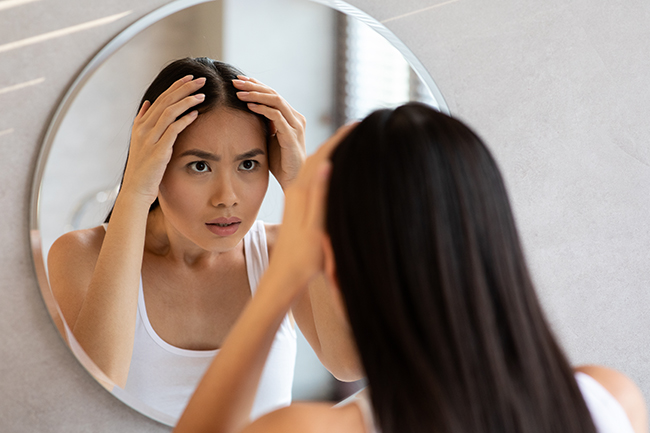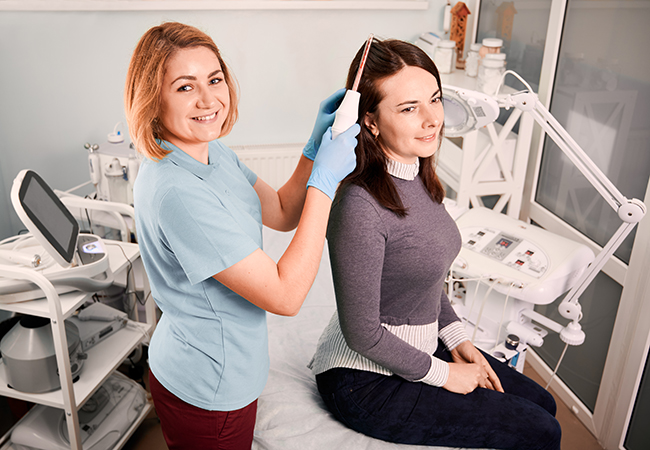It can be hard to imagine what you might look like without any hair, and this is something that a lot of people will hope to never experience in life. However, hair loss can be very common, and you might find yourself in this situation unexpectedly. It can be shocking and distressing to notice bald patches appearing across your scalp or your hair looking much thinner in certain areas. While there are solutions to this issue, it’s also important to understand why this might be happening. Below are some examples of the risk factors that can lead to female pattern baldness that you should look out for.
It’s Hereditary
Genetics can be one of the main things that increase your chances of developing FPB, so if you do have a history of the ladies in your family getting thin hair and balding, chances are this could also happen to you. It usually doesn’t happen until later in life, but that doesn’t mean those in their 20s, 30s – or perhaps even younger in some rarer cases – won’t have this issue. Unfortunately, there isn’t much you can do about this, but a hair transplant could be a good option for you if you are looking for a lasting solution. These transplants can help to encourage hair growth in these bald areas and give you thicker, luscious locks over time. Visit the Harley Street Hair Clinic to learn more about this option and whether or not it would be right for you.
Aging
Getting older can come with a lot of benefits, but you will also notice changes in your body. It could be something as simple as experiencing more aches and pains; your eyesight might get weaker, you may develop more wrinkles, or even see your hair turning grey. This is all perfectly normal, but another issue you might find comes with age is hair loss and balding. This won’t happen to everyone, but your age can mean you are at a bigger risk of this as your hair follicles shrink and stop growing new hairs.
Hormonal Changes
Another risk factor that contributes to FPB is hormonal changes in the body, usually like pregnancy or, perhaps more commonly, menopause. Menopausal or perimenopausal women will experience a lot of discomfort as they go through this change in life, including mood swings, uncomfortable hot flashes, feeling exhausted, weight gain or loss, and even thinner hair or bald patches. Your doctor will be able to discuss with you some lifestyle changes you can make to ease the symptoms of menopause, or perhaps even prescribe certain medications to help with this – including specialist shampoos that can help with hair loss.
Autoimmune Disease
Alopecia areata is an autoimmune disease that attacks the hair follicles, resulting in bald patches across your scalp. If you are starting to notice this development on your scalp, it’s a good idea to see your doctor as soon as possible to discuss treatments. Hair transplants will not be suitable for this, but you might find that a combination of medications and topical treatments can help with hair regrowth.
Other things can heighten your risk of hair loss in life, but these are all likely causes if you do start experiencing this.


